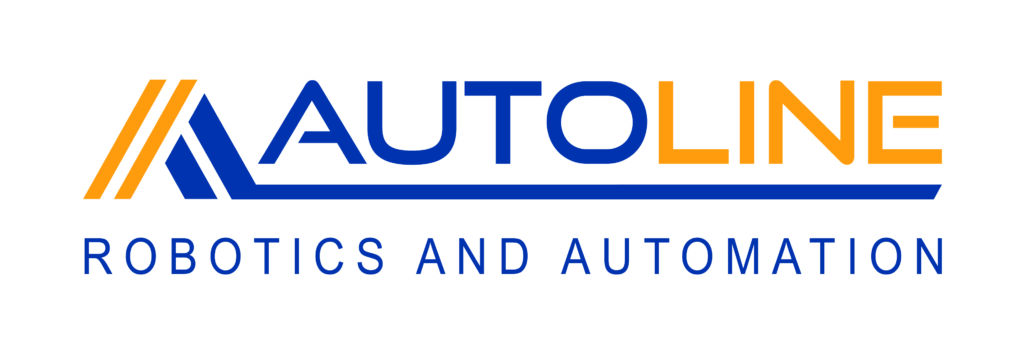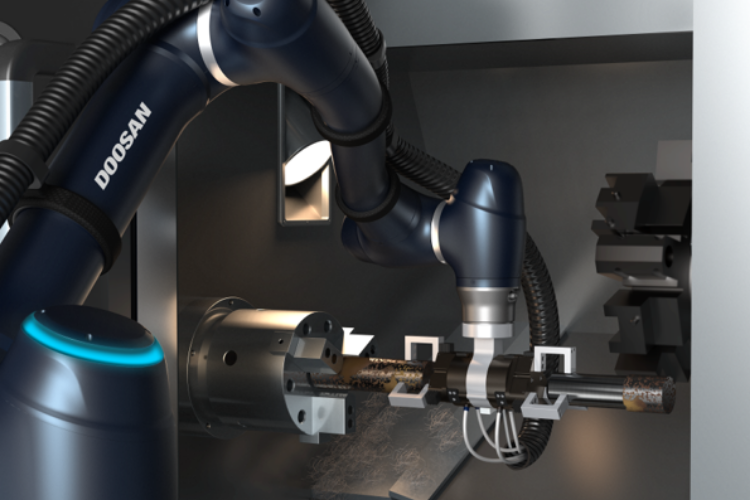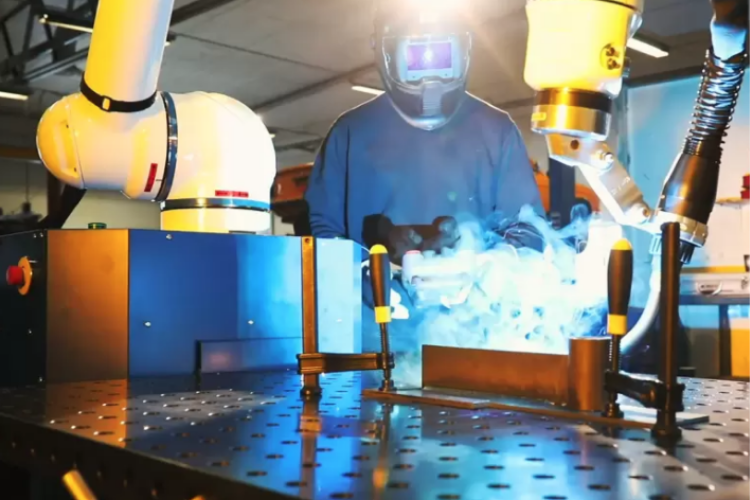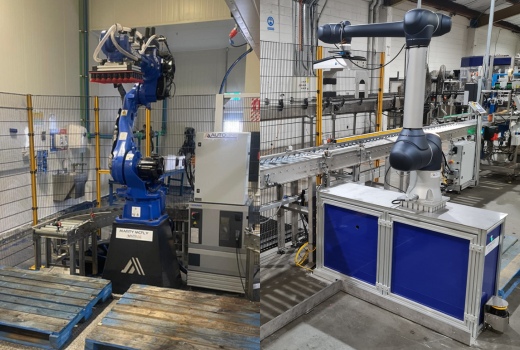Nearly every company in the manufacturing industry is facing increasing challenges in production and is seeking innovative ways to reduce costs, increase productivity, quality and address labour shortages for repetitive and dangerous jobs.
In the manufacturing and engineering industries, the widening labour gap is one of the most significant concerns. Automation is key to staying competitive and manufacturers are recognising that employees will continue to become harder to find and retain. Robotics has a lot of potential for addressing these labour and productivity growth challenges as it frees up resource for higher-value tasks.
The Impacts of Robots On Productivity, Employment and The Future.
Robots Increase Productivity and Competitiveness
Robots increase productivity and competitiveness when they are applied to tasks that they perform more efficiently and to a higher and more consistent level of quality than humans. This is particularly important for small to medium-sized businesses that are the backbone of both developed and developing country economies. It also enables large companies to increase their competitiveness through faster product development and delivery.
Unable to Find Qualified Workers or Losing Skilled Staff
Manufacturers and engineer are finding it difficult to find qualified workers to fill positions such as welders and other machine operators. If workers can be found, many jobs are repetitive, dull, and even dangerous, therefore the result is low morale, high turnover, retraining, and associated costs for the company. We fully support the investment of robotics by most importantly providing education and skills training for existing and future robot operators.
With Autoline’s comprehensive training program and support, we have found it is easier to train a person to operate the robot than it is to retain a qualified worker in an organisation to do the dull and dirty work, plus support the qualified workers human health, safety and employment costs.
Robots Complement and Augment Labour: The Future will be Robots and Humans Working Together.
Robots and automation will increasingly shape the way we work in the future, with potential for improvements in productivity, increased competitiveness, and the improved quality, and remuneration, of work.
Robots can perform tasks that humans can’t, but they can’t take people’s jobs. Robots are increasingly being employed to complement and augment labor tasks with a beneficial net impact on jobs and work quality. Humans can focus on higher-skilled, higher-quality, and higher-paid work as a result of automation.









